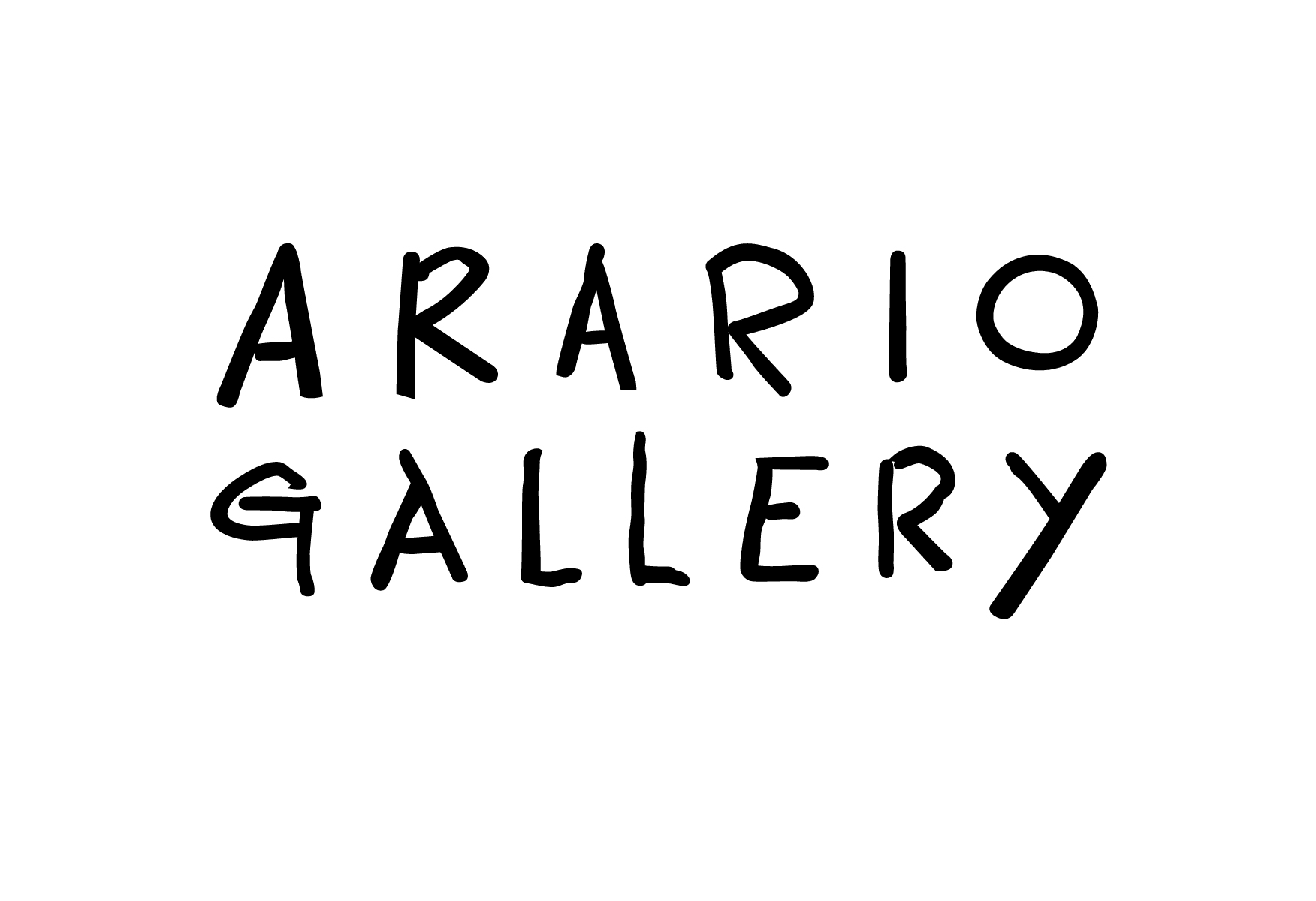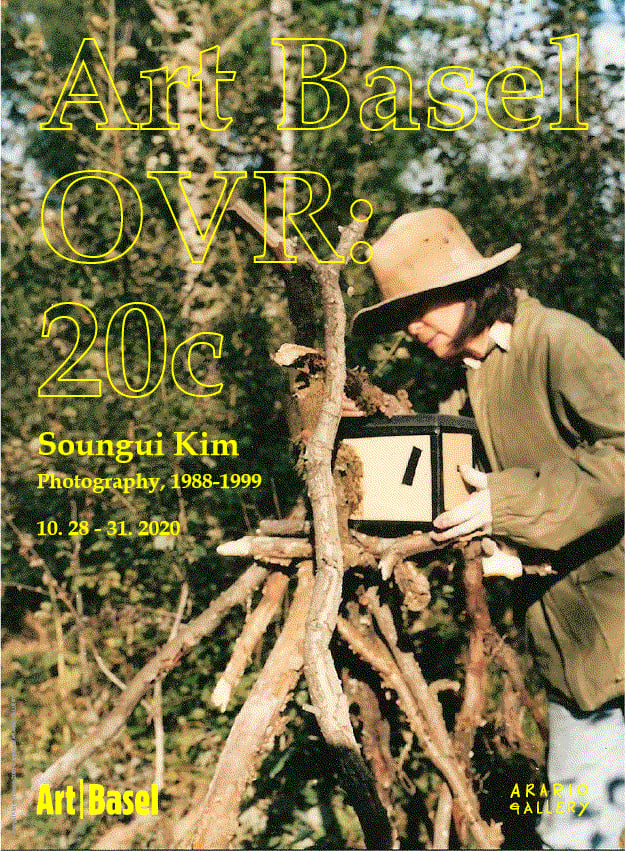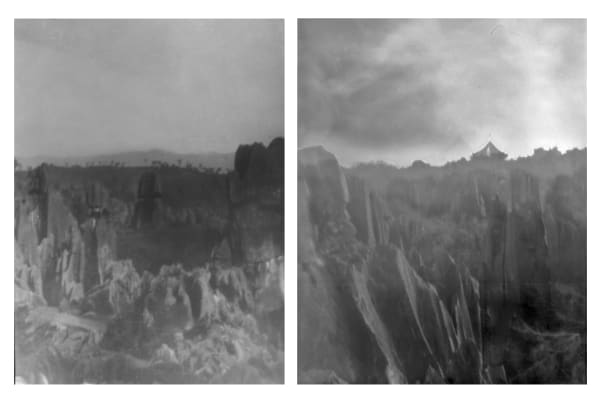-

-
For Art Basel OVR 20c, Arario Gallery is pleased to present photography work created by Soun-Gui Kim(b.1946) and her pinhole camera from the late 1980s and the 1990s.
Soun-Gui Kim is a multimedia artist, one of the pioneers in multidisciplinary art. She has been living and working in France since 1971, actively teaching, creating, and establishing her career for the last 50 years. She recently held a largee-scale retrospective exhibition, "Lazy Clouds" at the National Museum of Modern and Contemporary Art (MMCA), Seoul, Korea in 2019. She had curated and held numerous exhibitions internationally, including “Video & Multimedia: Soun-Gui Kim and Friends” (1986, Marseilles); solo exhibition “Passage” (1989, Centre d’Art Contemporain, Troyes); solo exhibition “O Time” (Musée d’Art Moderne et d’Art Contemporain de Nice), and her works are collected by major institutions internationally, including Centre Pompidou (France), MMCA (Korea), Maison Européenne De La Photographie (France), FRAC Franche-Comté (France), Seoul Museum of Art (Korea) and many more.
Kim is an artist with complex aspects that cannot be defined in a single way nor dichotomy of situations. Her interest in Eastern and Western philosophies and the experimentation with various artistic medium had led Kim to a situational, experiential and accidental work. These crucial attitudes can be found in the series of outdoor performance and video work, “Situation Plastique”, made in the early 1970s in Nice, Marseilles, Bordeaux and many other cities in France. The playful attitude generated by the participants cutting the balloons to let them freely lose in the sky form the foundation of Kim’s oeuvre.
Among the media she works, photography takes an important place. From the 1980s, she worked with the camera obscure. It is working with chance-happiness and discovering the infinity of things that we cannot see with our eyes. During the long shots, many events can occur and allow him to abandon the ego, and let free course in the land of errors. The resulting images are confusing and fuzzy, which she calls "stupid and lazy." According to Soun-Gui Kim, it is walking in the land of "high antiquity of Chaos". Kim uses pinhole camera to meet the world with her own eyes and to see all objects and landscapes of the world exist as they are, in other words the most truthful and essential moments in life.
-
-

-
-
Soungui Kim: Art Basel 2020 'OVR: 20c': Online Viewing Room
Past viewing_room






